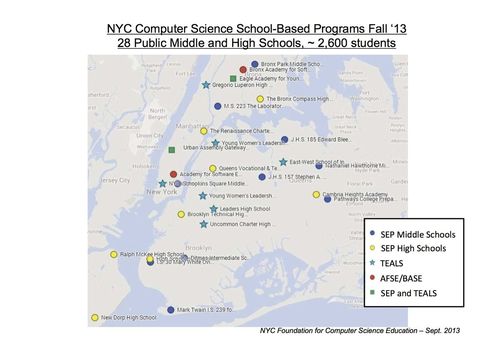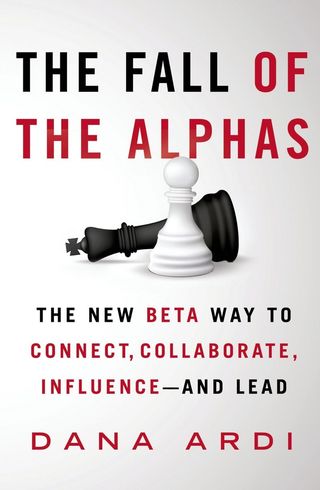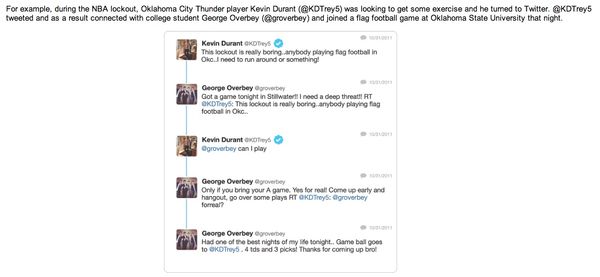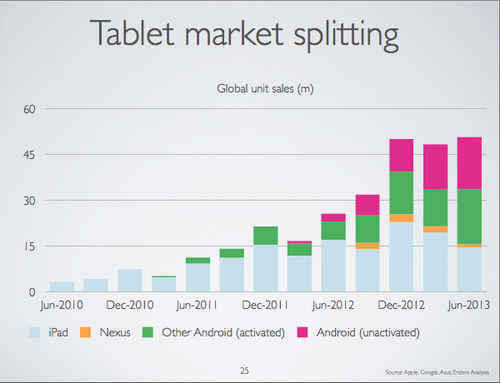The Role Of Personal Chemistry In Investment Selection
My friend Matt Blumberg and I are co-teaching a class at Princeton in a few weeks. The subject of the class is the VC/entrepreneur relationship. As part of doing this class, Matt and I are doing two posts each in a point/counterpoint model. Today is the first of these two co-posts about the selection process. Next thursday will be the second. Matt's post on today's topic is here and should be read directly before or after this post.
—————————————————-
From the outside, most people think that VCs are just looking for the best ideas that will generate the biggest companies. And that is true. We want to invest in big ideas, big markets, and big outcomes. That is a necessary part of our investment selection process, but not sufficient to get us to pull the trigger. We also want to invest in people and teams where we feel a personal chemistry.
Venture capital investing is not like angel investing or public stock investing. We don’t make a lot of small bets (angel investing) and we can’t easily get in and out of our positions (public market investing). We make big concentrated bets in a handful of carefully selected companies and hold these positions for between five and ten years on average. We sit on the boards of these companies and become business partners with the founders and management teams. We don’t run the companies but we have a meaningful amount of influence and impact on them.
For this model to work, VCs need good personal chemistry with the founders and management team. They need to like and respect us. And we need to like and respect them. The way investors choose teams to back and the way entrepreneurs pick VCs to take money from is very much like the way you recruit and hire a team. Or the way you date before getting married. It’s a process and the more facetime you can spend together before making the decision and the more asking around you do, the better decision you will make.
There are four phases to this process.
- The first impression – That can be in a minute or an hour. It’s the first meeting. You walk away from that meeting and you think “I really liked that person” or “That person is awful.” Both the entrepreneur and VC will have an opinion coming out of the first meeting.
- Subsequent meetings – If the first meeting went well enough, both sides are inclined to take a follow-up meeting or in all likelihood a series of follow-up meetings. This is where the first impressions are confirmed and validated or where they are determined to have been incorrect. This is also where others are brought into the process. In our firm, all the partners will meet the entrepreneur and, ideally, key members of the team as part of our investment process.
- Reference checking – This is not about calling the references someone gives you. This is about triangulating between who you know well enough that they will tell you the truth and who has worked closely with a person. I like to call people who have worked with a person in a bad situation. When they tell you “she was the only person who really shined in that moment” you know you’ve got a winner. When they tell you “he created that situation and was painful to deal with” you know you don’t. You cannot take all the references you get as gospel because some people just don’t work well together. But if you call enough references, a picture will emerge with consistency and that is likely to the truth.
- The negotiation – It is important that some stress is injected into this process to determine how well both parties work through a tense situation with some conflict. Because a five to ten year relationship between an entrepreneur and a VC will almost certainly include some difficult moments. Being able to work through those difficult moments constructively is the hallmark of a good VC/entrepreneur relationship. The negotiation of the investment deal is a good way to introduce that tension and both sides should pay a lot of attention to the little things that are said and done in the negotiation. It is a rehearsal for the main event.
If you find working with an entrepreneur difficult, you should not invest in his or her company. If you find working with a VC difficult, you should not take their money, no matter how good a deal they are offering you or how strong their reputation is. Personal chemistry is exactly that, a connection between two people. We all know that some people work well together and others don’t. Pairing the right people together to get something done is the central act of good business people. And it is the central act of venture capital investing.



